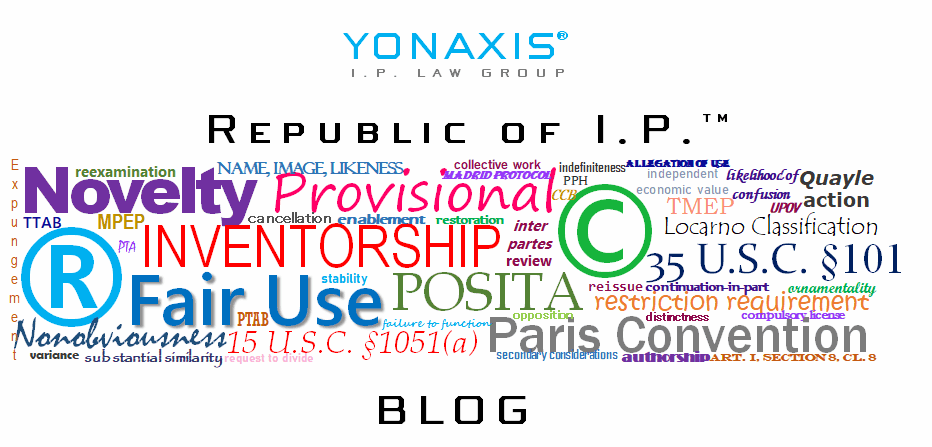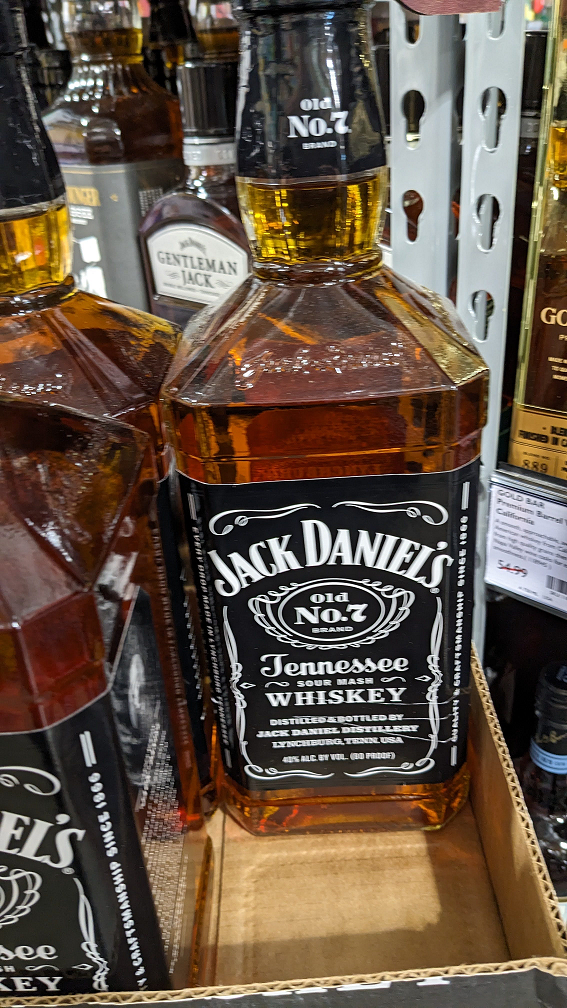Reviewing the last U.S. Supreme Court 2022 term, the highest court decided several high-profile cases involving intellectual property rights. The keyword among these cases – two trademark, one copyright, and one patent – is “limitation.” What does this mean? The various laws implicated by these opinions do not operate in a vacuum and work in conjunction with other laws. Furthermore, all laws must work within the confines of constitutional requirements.
That brings us to the Jack Daniel’s Properties, Inc. v. VIP Products LLC,[1] case. The issue revolves around whether 1st Amendment principles limit review of a case of trademark infringement under the Lanham Act. The Supreme Court held it did not … with some limitations.
Facts
Jack Daniel’s owns the trademark registrations on JACK DANIEL’S, OLD NO. 7, the JACK DANIEL’S design, and the bottle design, all in Class 33 for alcoholic beverages. As a matter of fact, Jack Daniel’s maintains 272 live registrations with the USPTO. VIP is a dog toy company, and produces a chewable and noisy dog toy product, parodying various well-known alcoholic brands. Their equivalent parodying product for the Jack Daniel’s Old No. 7 Tennessee Sour Mash Whiskey good is called “Bad Spaniels,” and the product is very similar in shape and size to the Jack Daniel’s product. What would under normal circumstances be a Lanham Act infringement and dilution matter, must be addressed through the First Amendment in the form of the Rogers v. Grimaldi case.[2] The Rogers test addressed when a speech-related issue – here, parody – is implicated in a trademark infringement case, the plaintiff – here, Jack Daniel’s – must demonstrate one of two things: 1) the alleged infringing use has “no artistic relevance to the underlying work,” or 2) the alleged infringing use “explicitly misleads as to the source or content of the work.”[3] VIP was able to successfully argue at the 9th Circuit Court of Appeals that the Rogers test removed the case from the Lanham Act – and hence, infringement and dilution – to the First Amendment, where it could freely plead parodic speech.
Analysis
Justice Kagan wrote for a unanimous Court encapsulating in relatively laypersons’ terms the definition of a trademark:
Trademarks can of course do other things: catch a consumer’s eye, appeal to his fancies, and convey every manner of message. But whatever else it may do, a trademark is not a trademark unless it identifies a product’s source (this is a Nike) and distinguishes that source from others (not any other sneaker brand) . . . In other words, a mark tells the public who is responsible for a product.
Kagan, J., Jack Daniel’s, (slip op. at 3).
It should be noted that the 9th Circuit disposed of VIP’s First Amendment argument simply through a noncommercial fair use under 15 U.S.C. §1125(c)(3)(C). Justice Kagan was not so convinced.
Before getting to her analysis, Justice Kagan quickly held that the procedural issue of whether the Rogers test (or any First Amendment issue) need not be addressed when an alleged infringement uses a trademark as a source identifier for the infringer’s own goods or services.
Turning to her analysis, Justice Kagan focused on the likelihood of confusion and source identification aspect of a trademark. She properly observed:
When []the use of [the mark] “at least in part” for “source identification” – when the defendant may be “trading on the good will of the trademark owner to market its own goods” – Rogers has no proper role.
Kagan, J., Jack Daniel’s (slip op. at 14).
Furthermore, she noted:
The greater likelihood of confusion inheres in the latter use, because it is the one conveying information (or misinformation) about who is responsible for a product. That kind of use “implicates the core concerns of trademark law and creates the paradigmatic infringement case (quotations omitted) . . . . So the Rogers test – which offers an escape from the likelihood of confusion inquiry and a shortcut to dismissal – has no proper application.
Kagan, J., Jack Daniel’s (slip op. at 14-15).
She agreed with the district court’s analysis, which held VIP’s parodying use of the Jack Daniel’s marks was both infringement and dilution. The dog toys use the fame of the Jack Daniel’s products and marks, thereby creating consumer confusion. She makes a passing reference to another parody case – but one grounded in copyright law:
[T]o succeed, the parody must also create contrasts, so that its message of ridicule or pointed humor comes clear. And once that is done (if that is done), a parody is not often likely to create confusion. Self-deprecation is one thing; self-mockery far less ordinary. So although VIP’s effort to ridicule Jack Daniel’s does not justify use of the Rogers test, it may make a difference in the standard trademark analysis.
Kagan, J., Jack Daniel’s (slip op. 18-19).
Justice Kagan also addressed the fair use exception for parody in the Lanham Act. While the trademark fair uses are far narrower and more limited than the fair uses under copyright law, there is a provision in the Lanham Act for parody, criticism or commentary (15 U.S.C. §1125(c)(3)(A)(ii)). This is the same provision that the 9th Circuit held made VIP’s infringing use an exception to dilution. However, the fair use exception contains its own exception: the fair use does not apply to any use that is a “designation of source for the person’s own goods or services.” This is what removed VIP’s treatment of the Jack Daniel’s marks from First Amendment law back to the domain of the Lanham Act. So, there are limitations on the expansiveness of parody, criticism or commentary will provide in terms of protection from trademark liability.
Takeaways
- Those companies seeking to parlay a commercial venture through parodying, criticizing or commenting on another company’s registered mark may need to reevaluate their business models;
- The First Amendment will not necessarily provide cover for a straightforward trademark infringement or dilution case;
- The Rogers test is not entirely dead (Justice Kagan explicitly stated so in her opinion), but there are limitations on its breadth involving speech issues under the Lanham Act.
For more information, please contact Yonaxis I.P. Law Group.
[1] 599 U.S.___ (2023), vacating and remanding 953 F.3d 1170 (9th Cir. 2020), aff’g 291 F. Supp. 3d 891 (D. Ariz. 2018).
[2] 875 F.2d 994 (2d Cir. 1989).
[3] Id. at 999.

